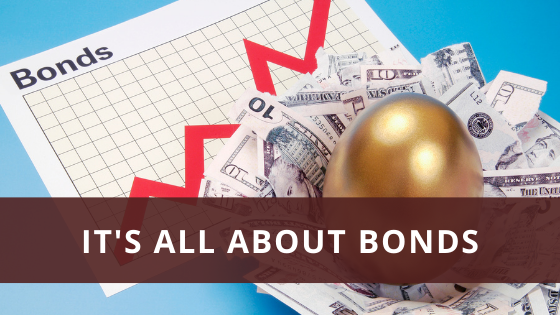
There’s an old Wall Street maxim that says, “markets climb a wall of worry.” And these days, there’s plenty to worry about with the trend in long-term interest rates.
The 10-year Treasury yield in recent weeks moved above 1.75% (the highest in 14 months), and the 30-year Treasury topped 2.5% for the first time since August 2019.1
Long bond yields may increase for several reasons, some of which may be good—strong economic growth—and some concerning, a potential pickup in inflation.2
Meanwhile, at its most recent policy meeting, the Federal Reserve decided to leave interest rates unchanged. The Fed also restated its commitment to no short-term interest rate hikes through 2023.3
In the interest-rate tug of war, both sides appear to be holding their own. The Fed is keeping short-term rates steady while long-term rates are trending higher due to market forces.
Fed Chair Powell said that he anticipates inflation rising this year. But he believes the price increases will be temporary, with inflation staying within the Fed’s 2% target for the next several years.3
The Federal Open Market Committee projected that the economy would grow 6.5% this year, a sharp improvement over its previous estimate of a 4.2% gain. The forecast for the unemployment rate by year-end is 4.5%, down from its prior forecast of 6.2%.3
You’re likely to hear phrases like “market dislocation” or other buzzwords as pundits explain what’s happening in the bond market. But know that we’re keeping a close eye on the markets and are evaluating opportunities as events continue to unfold. In the meantime, please reach out if you have any questions.4
You can give us a call at our Charlotte office at (704) 248-8549, or our Clemmons office at (336) 391-3409. Or, click here to request a no-cost, no-obligation meeting.
[SOURCES & ADDITIONAL DISCLOSURES]
- CNBC, March 18, 2021
- U.S. Department of the Treasury, February 2021
- CNBC, March 17, 2021
- Nasdaq.com, January 13, 2021
- Original article by FMG Suite 2021
The market value of a bond will fluctuate with changes in interest rates. As rates rise, the value of existing bonds typically falls. If an investor sells a bond before maturity, it may be worth more or less than the initial purchase price. By holding a bond to maturity, an investor will receive the interest payments due plus your original principal, barring default by the issuer. Investments seeking to achieve higher yields also involve a higher degree of risk.
Investing involves risks, and investment decisions should be based on your own goals, time horizon, and risk tolerance. The return and principal value of investments will fluctuate as market conditions change. When sold, investments may be worth more or less than their original cost.







